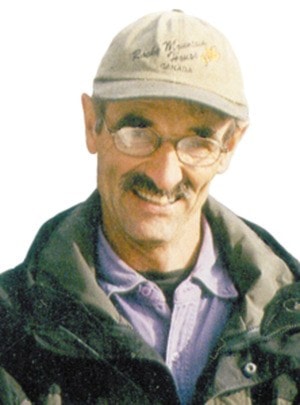It's not hard to notice that when we travel the roads, like rivers, follow valleys and across mountain ridges and ranges at their lowest point. This is especially noticeable in the Pacific Northwest of North America. Many of the prominent valleys and passes today are major transportation routes. Explorers to this region, like David Thompson in 1804, used their understanding of geography and information gained from earlier travelers and residents to find their way through the mountains.
In the Kootenay/Columbia Mountains many of our present-day travel routes follow those of earlier routes. 150 years ago, prospectors in many areas followed the routes and trails. The Walla Walla to Galbraith's Ferry regular pack train, run by the Fry Brothers to supply the miners in that area, followed the Moyie River and Ktunaxa trails up to what is now Yahk and on to Wildhorse and what is now Fort Steele.
But following major river valleys posed obstacles. Along every valley there were side valleys with watercourses of varying sizes that challenged crossing by early travelers – wagon roads and railroads. In the spring these watercourses became gushing torrents. Early trails and wagon roads would continue into steep side valleys to a suitable crossing and return, on the other side of the valley or ravine, to continue along the main route to the next side valley.
With railways and roads came more dramatic means to enable passage over side valleys and streams because railways and roads needed to be much straighter than foot trails. Pack trails needed to have grades that mules and horses could handle. Trestles, later replaced by dirt and mine refuse fills, and bridges enabled crossing of the many ravines. As heavier equipment and access became available, side valleys and rivers were crossed with wood trestles and then larger steel bridges. Hillsides were cut away and rock bluffs were blasted to straighten out roads and railways.
I think that most people, including myself, are more impressed with railway construction engineering than with highway engineering because highways can not only twist from left to right but they can twist up and down ascending steep grades, whereas railways don't work too well on steep hills. They can't be curved up and down. The railroad grade of 1.1% from Wynndel to Creston is steep enough. (The initial road construction from Gray Creek to Kuskanook was quite a feat.
Come to the Creston Museum on Sunday, Dec 4 between 10 a.m. and 4 p.m. and get a free tour of a railroad in miniature maneuvering smooth curves, emerging from tunnels, passing over bridges and by scenic mountains and sleepy communities, including Creston.
